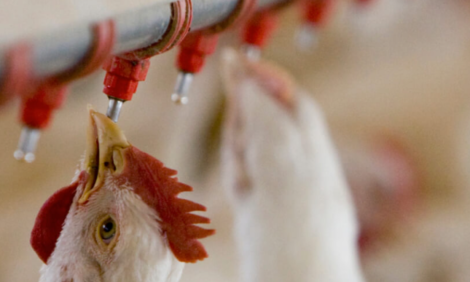



US Plan to Combat and Prevent Antibiotic-Resistant Bacteria
US - A smarter and judicious use of antibiotics will help to slow the emergence of resistant bacteria.And a “One-Health” approach to disease surveillance will improve detection and control of antibiotic resistance by integrating data from multiple monitoring networks, and by providing high-quality information, such as detailed genomic data, necessary to tracking resistant bacteria in diverse settings in a timely fashion.
These are two of the main targets to tackling antibiotic resistance in the US over the next five years, laid out in the National Action Plan for Combatting Antibiotic Bacteria.
The policy recommendations follow the US President’s Council of Advisors on Science and Technology (PCAST)’s report on Combating Antibiotic Resistance.
Over the next year, the US is expected to double the amount of funding for combating and preventing antibiotic resistance to more than $1.2 billion.
According to Health Secretary, Sylvia Mathews Burwell, Agriculture Secretary Tom Vilsack and Defense Secretary Ash Carter: “We can help slow the emergence of resistant bacteria by being smarter about prescribing practices across all human and animal health care settings, and by continuing to eliminate the use of medically-important antibiotics for growth promotion in animals.”
However, the new plans to tackle antibiotic use and resistance have met with sharp criticism from campaigning congresswoman Louise Slaughter.
She said: "Once again, the administration has fallen woefully short of taking meaningful action to curb the overuse of antibiotics in healthy food animals.
“With 80 percent of the antibiotics produced in the United States being used in agriculture mostly for prevention, any meaningful solution to the looming antibiotic resistance crisis must begin with limits on the farm - and trusting a voluntary policy that lets industry police itself will not bring about real change.
“Antibiotics were never meant for prevention of disease – they were meant for treatment of disease.
“Using them at sub-therapeutic levels for prevention has just made bacteria stronger and is rendering antibiotics ineffective.
“The US is already a decade behind European nations in combating antibiotic resistance, and it will become a major trade issue when our foreign counterparts stop accepting US meat raised with medically-important antibiotics.
“When the World Health Organization says that routine infections like strep throat may be fatal in ten years, it's long past time to start taking decisive action.
“I encourage the public to support my bill to save eight classes of antibiotics from being routinely and unnecessarily fed to healthy farm animals, and to demand better from their leaders than a head-in-the-sand approach."
Last week, Congresswoman Slaughter re-introduced the Preservation of Antibiotics for Medical Treatment Act (PAMTA).
Along with the One Health scheme and the call for more judicious prescription and use of antibiotic on farm, the National Action Plan calls for the development of rapid “point-of-need” diagnostic tests to significantly reduce unnecessary antibiotic use by allowing health care providers to distinguish between viral and bacterial infections, and identify bacterial drug susceptibilities.
The US government is also calling for new antibiotics and alternative treatments for both humans and animals to maintain a capacity to treat and prevent disease including supporting and streamlining the drug development process, as well as increasing the number of candidate drugs at all stages of the development pipeline.
The health, agriculture and defense secretaries added that because antibiotic resistance is a global problem it requires global solutions.
The United States will engage with foreign ministries and institutions to strengthen national and international capacities to detect, monitor, analyse, and report antibiotic resistance; provide resources and incentives to spur the development of therapeutics and diagnostics for use in humans and animals; and strengthen regional networks and global partnerships that help prevent and control the emergence and spread of resistance,” they said.








